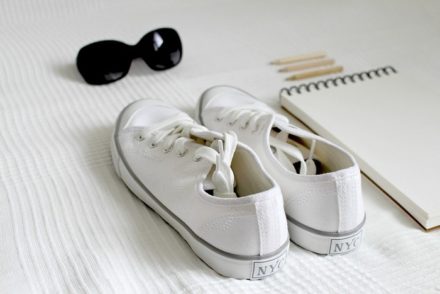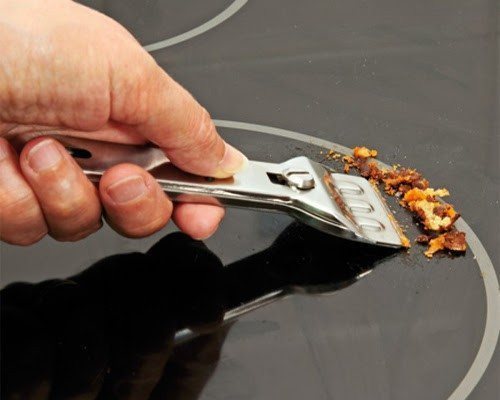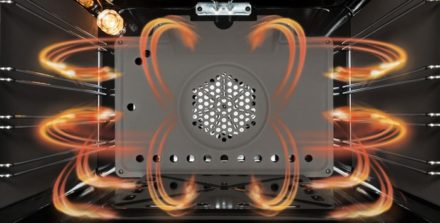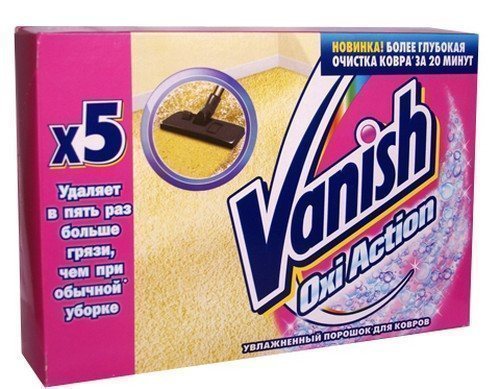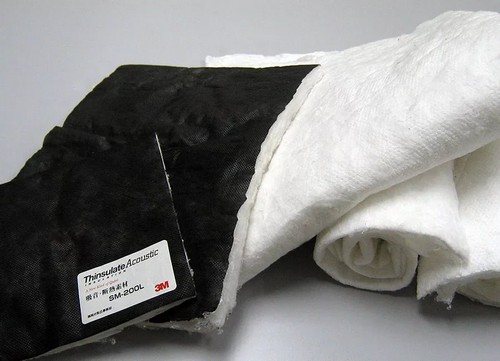GOI paste is one of the most popular means for polishing products made of various materials in our country. It is produced in the form of a green bar, similar to a soap bar, or in jars. It is worth noting that initially GOI paste was developed directly for grinding metal surfaces. But over time, its use spread to other areas of human activity. The product received its name in honor of the State Optical Institute - the enterprise where it was first obtained.
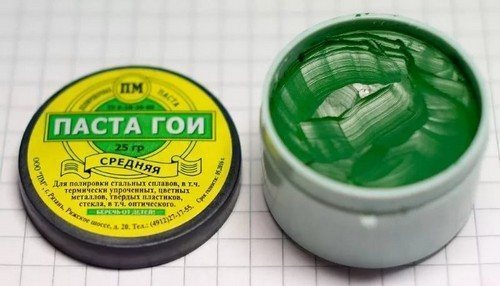
Classification and composition
The main compound in the GOI paste formula is chromium oxide. Its concentration affects the granularity of the substance and, accordingly, the performance characteristics. The higher the percentage of chromium oxide in the GOI paste, the rougher it is (varies from 60% to 85%). Depending on the grain size, there are several varieties, each of which is assigned an individual number:
- No. 1 - fine for final polishing and giving a mirror shine;
- No. 2 - thin to achieve a uniform matte surface;
- No. 3 - medium for removing small irregularities;
- No. 4 - rough to remove visible scratches.
Types of paste differ in composition, structure and color (from light green for fine to black and dark green for coarse).
In addition to chromium oxide, GOI paste contains fatty binding compounds, as well as activating components in the form of various solvents, adsorbents and other reagents, for example, silica gel, kerosene, stearin, bicarbonate of soda.
What materials can be polished with GOI paste?
The main purpose of GOI paste is the processing of metal products (stainless steel, cast iron, silver, aluminum, etc.), but it can also be used for polishing other surfaces: glass, plastics, ceramics, hard polymers. It is worth noting that this product has found wide application both in industry and in everyday life.
In everyday life, GOI paste is used for polishing kitchen knives, scissors or other products made of steel alloys. It is very popular among numismatists, who use it to remove corrosion from ancient coins and restore their shine. Fishermen use GOI paste to clean artificial fishing baits, increasing their specularity. Hunters use a mixture of this product to polish gun barrels.
GOI paste is also used for polishing mirror, plastic and glass surfaces (including plexiglass). This technical tool can partially restore CDs, mobile phone screens, watches, jewelry, etc. GOI paste perfectly removes scratches and chips on car headlights, and also effectively removes their cloudiness and blackening.
Thus, GOI paste is the most important tool in metalworking, as well as in fine high-quality polishing of various surfaces without the use of special equipment.
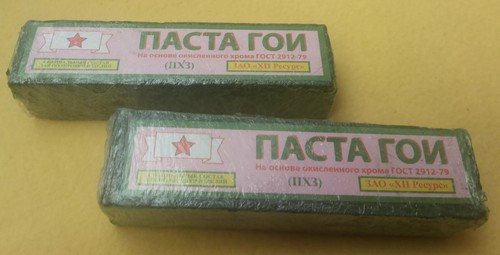
How to use?
Apply GOI paste to the surface using a special polishing wheel or a soft cloth moistened with a solvent, for example, a rag or gauze. It should be remembered that the wetter the rag material, the longer the processing, but the better the result of the work done. It is possible to use kerosene, diesel fuel or other hard-to-evaporate, non-aggressive liquid as a solvent.
Polishing a product with GOI paste includes the following steps:
- Apply GOI paste to the rag material. It is strictly forbidden to add the product to the surface to be polished, as this may lead to the formation of new damage.
- Before grinding, to crush large particles, it is recommended to rub the product on a metal surface.
- To speed up the process, lightly treat the polished surface with liquid industrial oil.
- To avoid new scratches, polish with GOI paste without sudden movements or strong pressure. During the procedure, it is sometimes necessary to wipe the surface of the workpiece dry to control the quality of grinding.
- Upon completion of work, thoroughly rinse the product in solvent; if this is not possible, remove all signs of GOI paste from the surface with water.
Features of polishing products made from various materials
It is important to note that products made from various materials require a certain polishing technology with GOI paste. First of all, it is necessary to select the type of technical means and fabric with which the surface will be treated.After this, in order to get the best result and prevent new damage, you should decide on the polishing process.
- For polishing glass and plastic, it is recommended to choose GOI paste No. 2 and a soft-nap fabric, such as cotton or flannel. In this case, the product must be generously rubbed onto a piece of cloth, and the surface of the product must be cleaned of debris and dust. After the preparatory work, you can begin polishing the surface. To do this, you need to polish the product for several minutes without brute force, lightly pressing. It is worth noting that when processing the screen of a mobile phone or watch, you must carefully use solvents and oil so that they do not penetrate the case.
- Silver jewelry tends to lose its original shine over time. Correct use of GOI paste No. 3 will help restore the appearance of the products. As a processing fabric, you should choose a material with a more rigid structure, for example, a tarpaulin or felt circle, a piece of felt boot. After applying GOI paste to the fabric, rub the item thoroughly against it, completely covering the darkened surface. The final stage will be polishing the jewelry with a softer cloth until the final shine is achieved. To achieve the greatest effect, before polishing, it is recommended to boil silver items in a solution mixed from: 300 ml of water; 2 teaspoons of an aqueous solution of ammonium hydroxide; 50 g of grated soap; 50 g of washing powder.
- To polish knives or scissors, GOI paste is applied to a wooden block.You can also glue sandpaper to the board and rub it with this technical product, slightly moistened with a solvent. Then the steel alloy products should be ground against a block using a reciprocating motion at different angles.
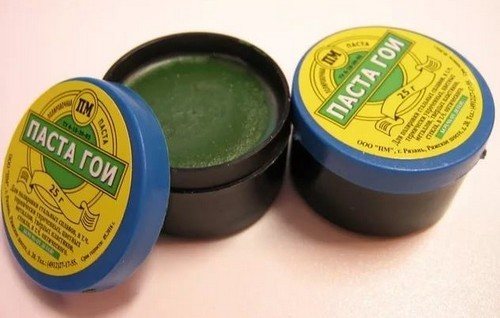
What products cannot be polished with GOI paste?
It is worth remembering that polishing products made from some materials with GOI paste may be ineffective or even cause damage to the appearance. It is not recommended to process with this technical means:
- gold-plated products (the outer layer can be erased);
- steel, except for knives and scissors, and nickel (as a rule, they are not polished by hand, but with a special tool);
- metal watches (can be polished with the mechanism removed);
- sapphire watch crystals (grinding with GOI paste is ineffective).
Harmful to humans?
Concerns are often raised that the chromium oxide contained in GOI paste is toxic. These judgments are justified, since a given compound, depending on its valence, can exhibit different properties. Hexavalent chromium oxide is toxic and hazardous to human health. Meanwhile, in the production of GOI paste, a non-toxic trivalent compound that has passed examination is used.
At the same time, excluding the harmfulness of GOI paste to human health, it is recommended to use protective glasses and a mask when using it. This is due to the fact that when polishing products, dust is generated, which can cause irritation of the mucous membranes.


